A TRAVEL NEWS ARTICLE ABOUT HUNGARY
'Pécs – European Capital of Culture 2010'
The Hungarian city of Pécs, situated two hours south of Budapest and now linked to the capital by a new motorway, is celebrating being one of the European Capitals of Culture 2010. Long recognised as the industrial and cultural capital of southern Hungary, its streets echo its history – Medieval to modern, Turkish to Baroque.
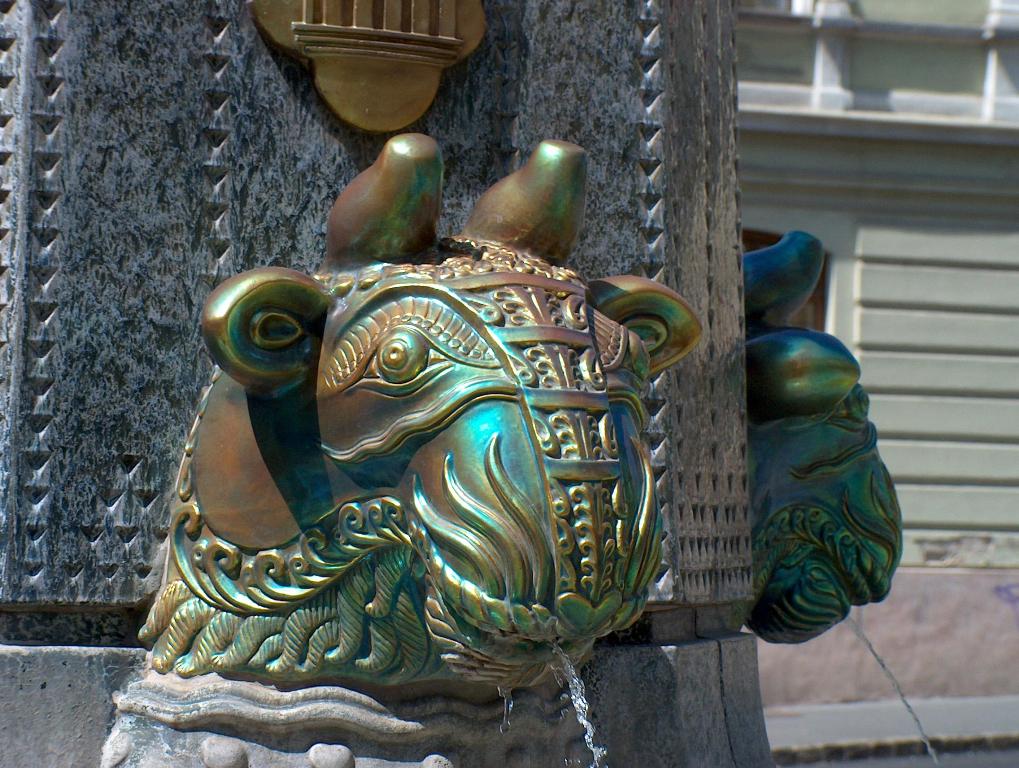
A feature from a statue in Pécs
Often described as a Hungarian city with a touch of the Mediterranean, Pécs has organised an action-packed calendar of cultural events including: music concerts (rock, jazz, reggae, classical, folk and world music festivals); renaissance and contemporary art exhibitions; film screenings; literature festivals; religious events; plus theatre, opera and dance performances. Among the events are Operalia, The World Opera Competition – an event founded by Plácido Domingo to find talented new opera singers that takes place between 25th July and 1st August – and the Moveast International Film Festival (6th-13th October), during which visitors can see the best Hungarian films of the year. In addition to planning a programme of diverse cultural events, Pécs has undergone preparations to establish the city as a cultural centre; several parks and squares have been refurbished so they can host some of the outdoor events.
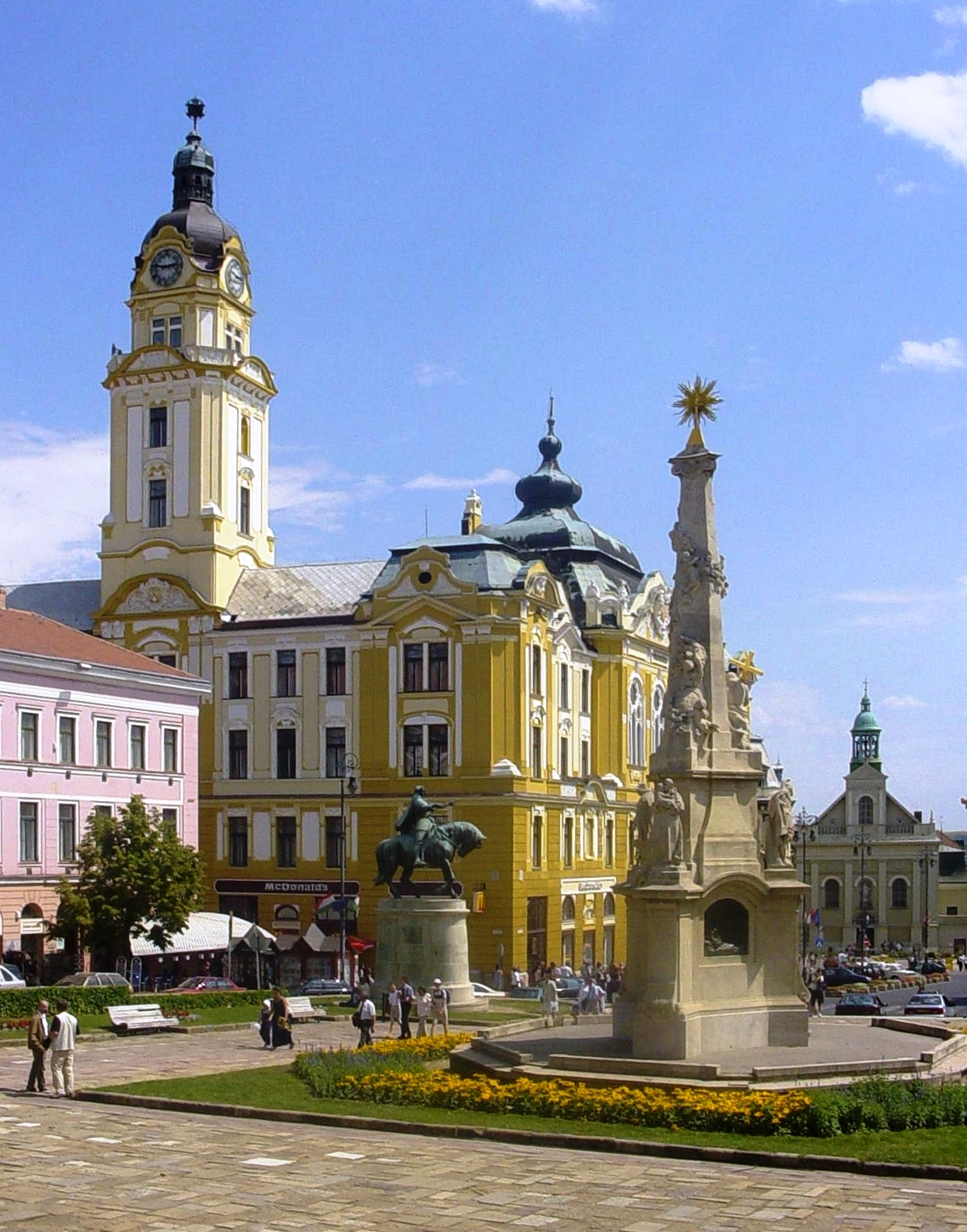
The main square in Pécs
One of the most famous squares in Pécs, that illustrates perfectly the mix of cultures, is the main square (Szechenyi ter) – here a Turkish mosque, now a parish church topped by a cross and a crescent, faces a Catholic church. In the Dom ter, originally a 4th-century cemetery, stands Pécs’ Cathedral dating back to the 11th century but with 19th-century additions. Not far from the Cathedral visitors can see the Medieval city walls.
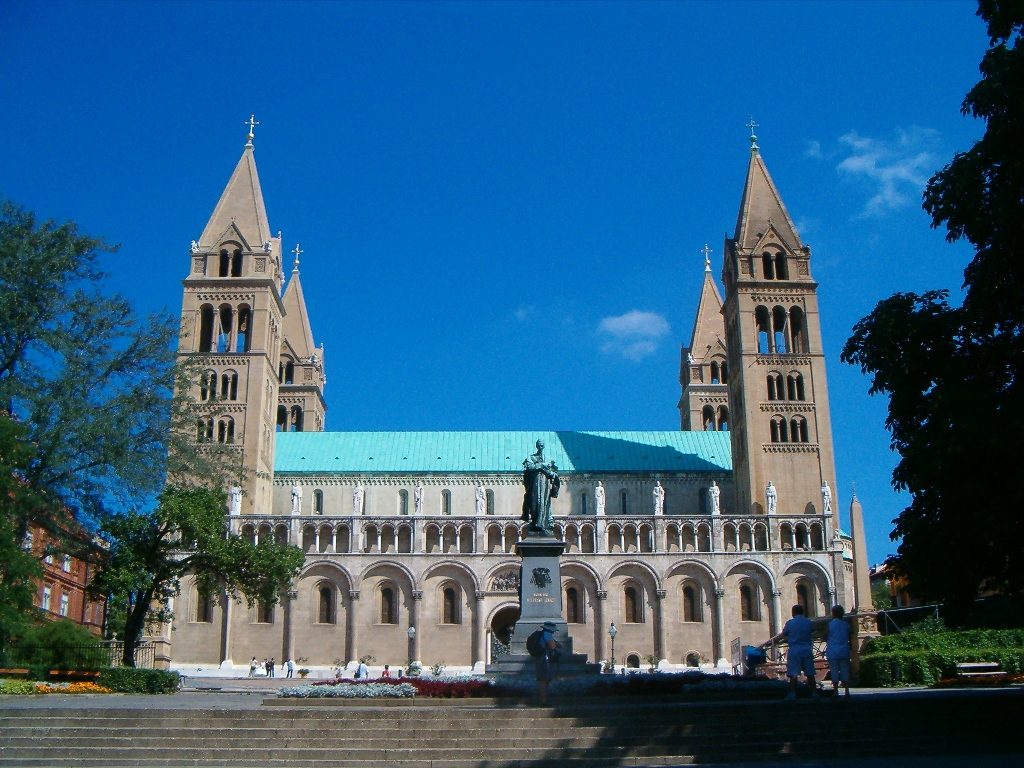
Pécs Cathedral
Szolnay Cultural Quarter
The Szolnay Porcelain Factory of Pécs has been reconstructed, making it the largest redevelopment project ever executed on a historic building in Central and Eastern Europe. The Szolnay Cultural Quarter is a new cultural and artistic area that has been established on a 41,000 square metre (441,320 square feet) space in the factory’s premises. This area is large enough to host events for some 200,000 visitors every year. Pécs has a wealth of talented musical performers but, until now, the city has had no large-scale performance space. The Pécs Conference and Concert Centre has also been built on the eastern boundary of the city centre; it includes a large concert hall and rehearsal space, and has become the home of the renowned Pannon Philharmonic Orchestra.
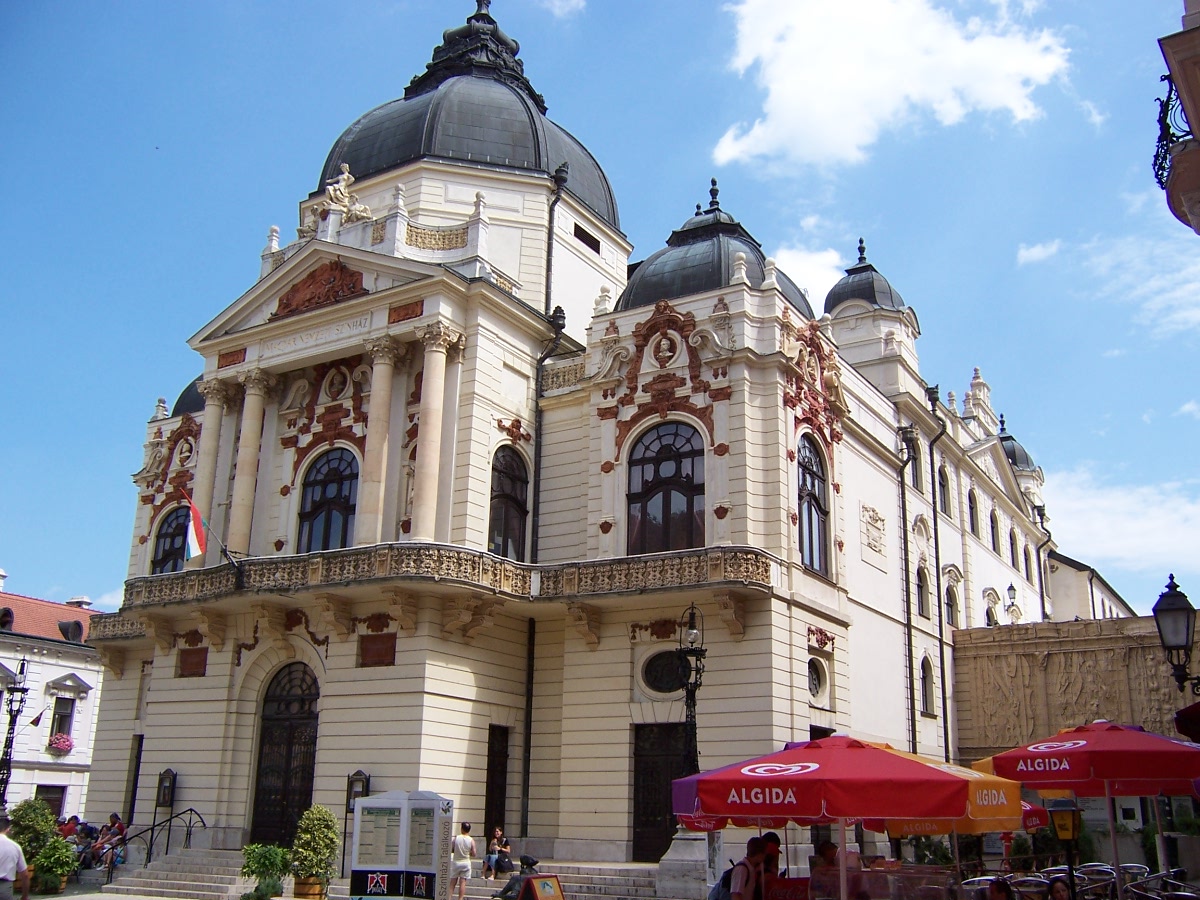
The Hungarian National Theatre
The majority of museums are situated on Káptalan Utca (Museum Street). A grand new exhibition space has been constructed, making it the first museum in Hungary with geothermic energy utilisation, which (aside from electricity) makes the building energy self-sufficient. Visitors to the city should head for the Janus Pannonius Museum and its excellent archaeological collection illustrating Pécs’ early history – it has been settled by the Celts and was part of both the Roman and Ottoman Empires. This museum is also home to some stunning ceramics from the Szolnay Porcelain Factory.
More information on Pécs, European Capital of Culture 2010, can be found on www.pecs2010.hu. For more information on Hungary, visit www.gotohungary.co.uk.
You may also like to read
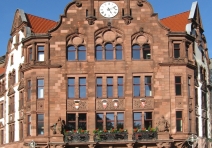
GERMANY - CULTURE & INDUSTRY IN THE RUHR
John Harrison describes for Tour-smart readers a recent visit he made to the Ruhr – European Capital of Culture 2010.

GRENADA W.I. - SUGAR & SPICE
Tour-smart's totally tropical taste is brought to you by James Litston writing about the spice island of Grenada.

Comments